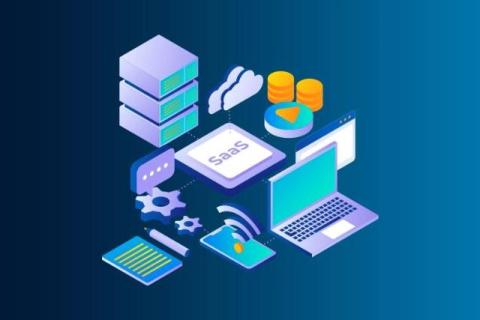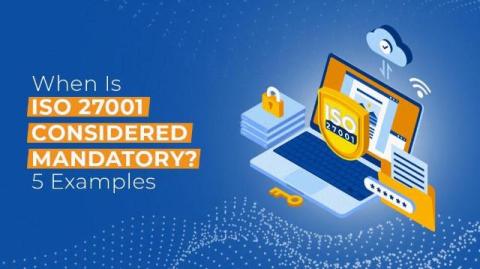Zero-day RCE vulnerability found in CUPS - Common UNIX Printing System
On September 27, 2024, evilsocket.net (Simone Margaritelli) published information about several vulnerabilities in CUPS (Common UNIX Printing System), which can allow for arbitrary remote code execution (RCE). There are currently 4 CVEs associated with these findings, with potentially more on the way. There is also some debate about the severity of these vulnerabilities, however, one of the CVEs was initially given a CVSS score of 9.9. We will update this blog if new information becomes available.











